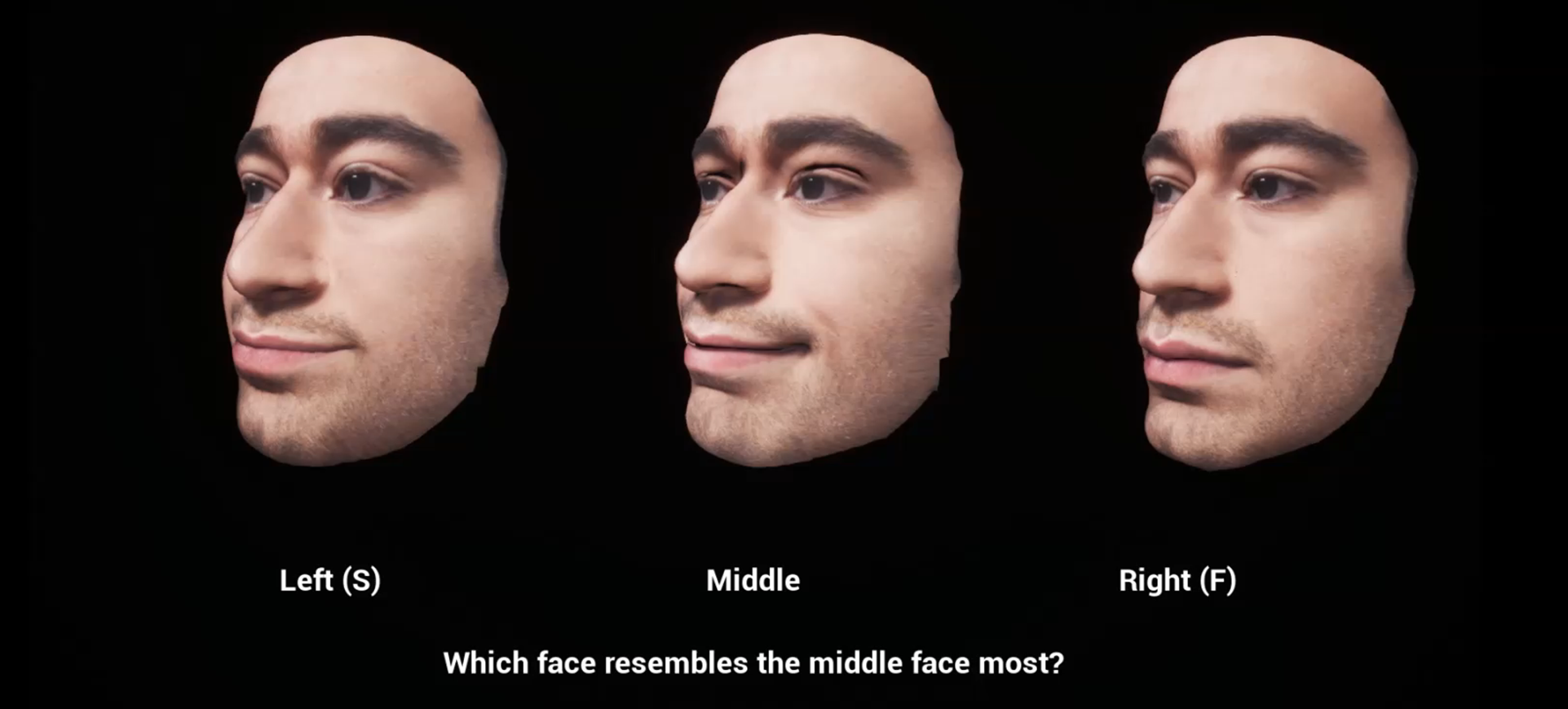Section: New Results
Virtual human simulation
Novel Distance Geometry based approaches for Human Motion Retargeting
Participants : Franck Multon [contact] , Ludovic Hoyet, Antonio Mucherino, Zhiguang Liu.
Since September 2016, Antonio Mucherino has a half-time Inria detachment in the MimeTIC team (ended Sept 2018), in order to collaborate on exploring distance geometry-based problems in representing and editing human motion.
In this context, an extension of a distance geometry approach to dynamical problems was proposed in [24], and we co-supervised Antonin Bernardin for his Master thesis in 2017, which focused on applying such extended approach for retargeting human motions. In character animation, it is often the case that motions created or captured on a specific morphology need to be reused on characters having a different morphology. However, specific relationships such as body contacts or spatial relationships between body parts are often lost during this process, and existing approaches typically try to determine automatically which body part relationships should be preserved in such animation. Instead, we proposed a novel frame-based approach to motion retargeting which relies on a normalized representation of all the body joints distances to encompass all the relationships existing in a given motion. In particular, we proposed to abstract postures by computing all the inter-joint distances of each animation frame and to represent them by Euclidean Distance Matrices (EDMs). Such EDMs present the benefits of capturing all the subtle relationships between body parts, while being adaptable through a normalization process to create a morphology independent distance-based representation. Finally, they can also be used to efficiently compute retargeted joint positions best satisfying newly imposed distances. We demonstrated that normalized EDMs can be efficiently applied to a different skeletal morphology by using a dynamical distance geometry approach, and presented results on a selection of motions and skeletal morphologies.
Concurrently, we proposed a pose transfer algorithm from a source character to a target character, without using skeleton information. Previous work mainly focused on retargeting skeleton animations whereas the contextual meaning of the motion is mainly linked to the relation- ship between body surfaces, such as the contact of the palm with the belly. In the context of the Inria PRE program, we propose a new context-aware motion retargeting framework [38], based on deforming a target character to mimic a source character poses using harmonic mapping. We also introduce the idea of Context Graph: modeling local interactions between surfaces of the source character, to be preserved in the target character, in order to ensure fidelity of the pose. In this approach, no rigging is required as we directly manipulate the surfaces, which makes the process totally automatic. Our results demonstrate the relevance of this automatic rigging-less approach on motions with complex contacts and interactions between the character’s surface.
Investigating the Impact of Training for Example-Based Facial Blendshape Creation.
Participant : Ludovic Hoyet [contact] .
In collaboration with Technicolor and Trinity College Dublin, we explored how certain training poses can influence the Example-Based Facial Rigging (EBFR) method [33]. We analysed the output of EBFR given a set of training poses to see how well the results reproduced our ground truth actor scans compared to a pure Deformation Transfer approach (Figure 5). We found that, while the EBFR results better matched the ground truth overall, there were certain cases that didn't see any improvement. While some of these results may be explained by lack of sufficient training poses for the area of the face in question, we found that certain lip poses weren't improved by training despite a large number of mouth training poses supplied. Our initial goal for this project was to identify what facial expressions are important to use as training when using Example-Based Facial Rigging to create facial rigs. This preliminary work has indicated certain parts of the face that might require more attention when automatically creating blendshapes, which still require to be further investigated, e.g., to identify a subset of facial expressions that would be considered the "ideal" subset to use for training the EBFR algorithm.



